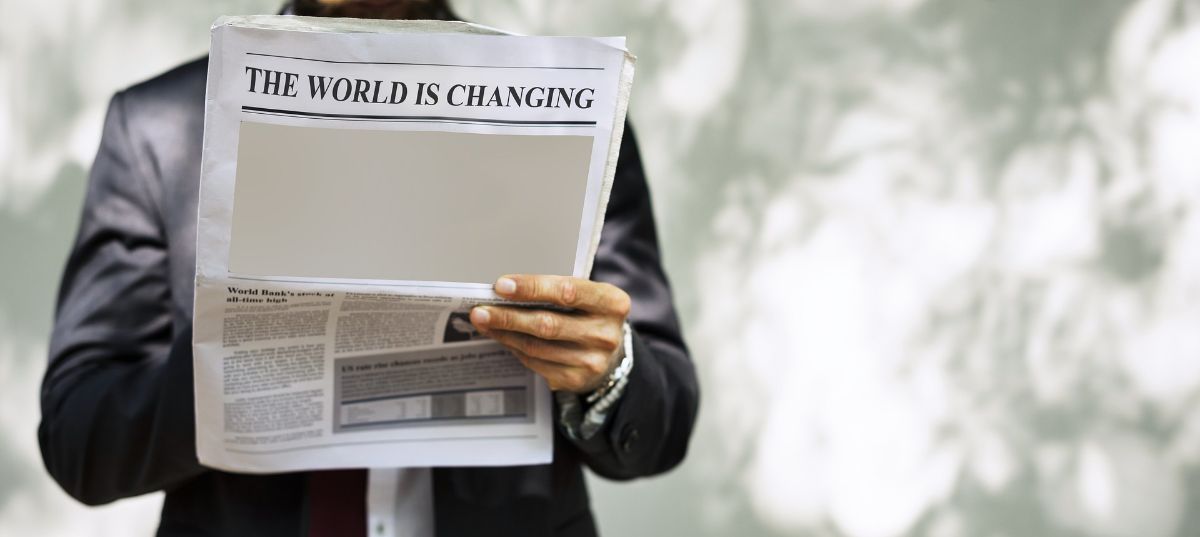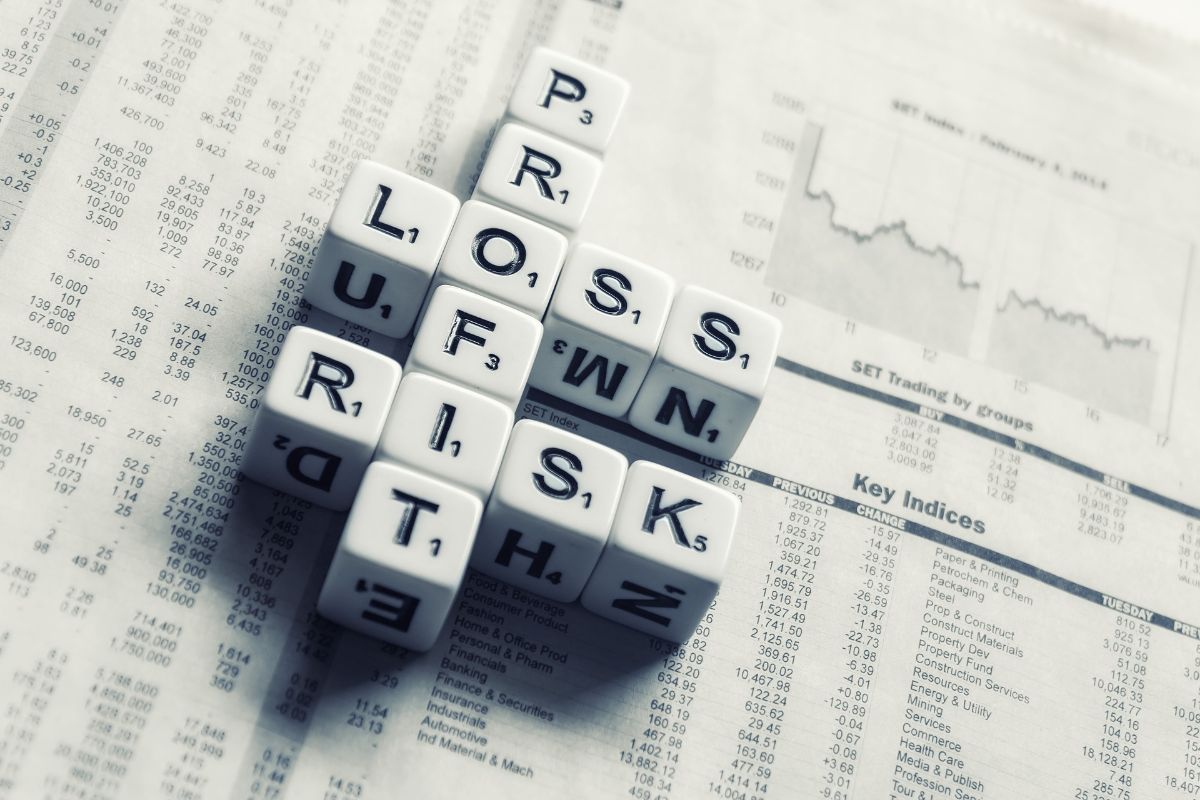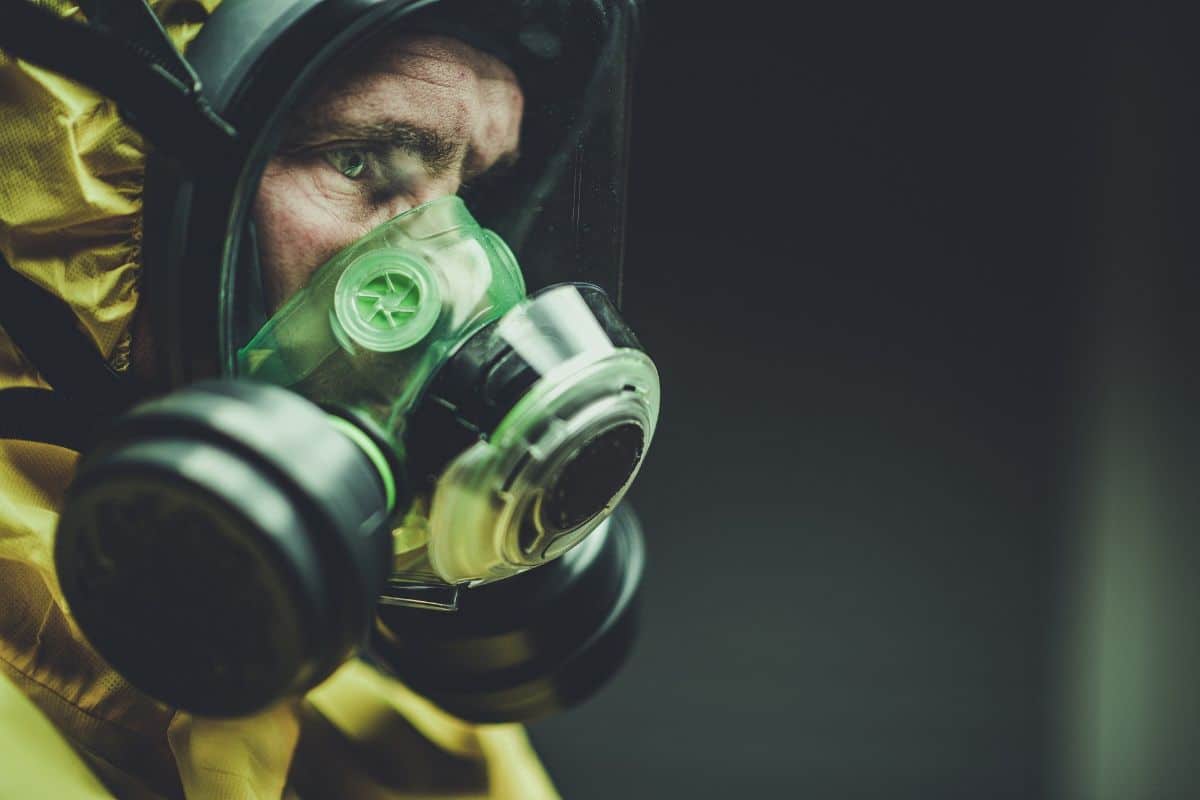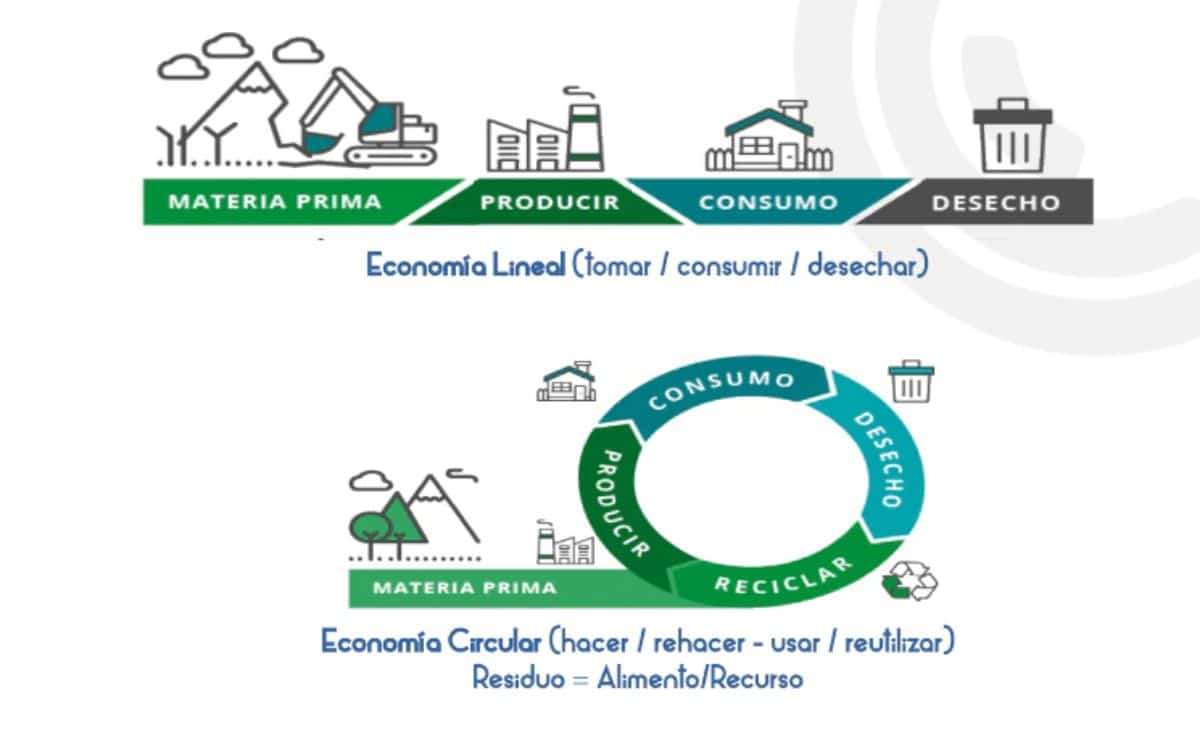
One of the fundamental pillars of climate change have to do with the economy, and more specifically with what is the linear economy. Believe it or not, this branch can achieve a transformation of society in favor of improving the environment.
But, to obtain it, you must first know what linear economy is, why it is not good and what consequences it can bring in this case.
What is linear economy
To understand the linear economy there is nothing better than to give an example. Imagine that you are going to manufacture a product for which you need raw materials that you take from the earth. You produce it and when it stops serving, either because it has been broken, because it is no longer valid, etc. you just throw it away. And you keep producing and they need raw materials. But at no time are you replenishing them. So, in the end, there will come a day when those raw materials no longer exist.
The linear economy can be defined as that traditional model in which to produce products and / or services we take raw materials that are not recovered later. That is, there is no reuse, reduction of materials, recycling or even recovery of these raw materials (if that is possible).
In fact, the result of the linear economy is garbage or waste that, like it or not, accumulates on the planet and these in turn have negative consequences for the environment.
Why the linear economy has been used

This type of economy has been the traditional one for a long time. In his day, large amount of raw material made them not think about what would happen when it ran out. In this case, the center of attention, and what prevails are profits, optimizing time and with minimal costs, but without thinking about the environmental or social cost that was being caused.
To this must be added, especially at the beginning, the ignorance they had of what the value was and what the impact caused by using these materials, as well as in the final life cycle of that product (waste).
Of course, this does not absolve the responsibility that one has, but at the time when the linear economy was born, they did not have so much knowledge and tools that could herald the consequences of using this method.
What are the risks of the linear economy

After all that we have explained, it becomes clearer that linear economics is not a positive thing, but a very negative thing. And it involves risks and consequences that, if not remedied, can end the existence of life, both plant, animal and human.
One of the main consequences and risks of the linear economy is the greenhouse gas emission. These occur due to the burning of fossil fuels, the felling of trees, the use of fertilizers, etc. That causes us to be damaging the atmosphere, without the possibility of regeneration. Implying? May that layer that protects us from outer space and allows us to breathe, be exhausted, and with it, it becomes increasingly difficult to breathe and live.
Another risk is with the packaging and waste of the products. The most normal thing is that these end up in the garbage which implies that they go to a landfill, that they are incinerated or yes, that they are sent abroad where they are reused there. The problem is that all this it would be polluting more. Imagine a landfill for the waste of the linear economy. If we do not remedy this, it will get bigger and bigger and the problem is that it pollutes both the earth and the environment.
According to data, each year 90 billion tons of natural resources are extracted and it is expected that by 2050, if this continues, that figure will double. Of all those, only 12% are recycled, which implies that everything else continues to maintain a linear cycle.
In conclusion, we are talking about a type of model that is irretrievably destroying the planet. Raw materials are depleted, waste causes consequences and, although the devastating effects are not currently seen, it is known that they will occur and that in the future the planet could not be a habitable place, condemning the offspring to find another place to live, to change your lifestyle or, directly, to succumb.
What solution exists

Source: BBVA
With the passage of time, and the clear evidence of the risks that the linear economy entailed, they began to think of an alternative that was not so catastrophic for the environment. Thus, one of the forms that encourage the protection of the environment arose. Which one is that? The circular economy.
La Circular economy is based on harnessing resources, using them efficiently and controlling their production and use. The objective is to prioritize the value, and not so much the profits, in order to recover the materials that are used and avoid wasting resources.
To do this, manufacturers are encouraged to build products that are in turn reusable. Not only the product itself, but its materials and even the raw materials from which they are made. Encouraging to make products that are more durable and easy to repair, remanufacture and reuse is one of the most important parts of that economy that comes to combat the traditional linear.
Are there countries that apply it?
You are right, In Europe we can highlight Germany and France as two of the countries that apply the circular economy in various criteria. In the case of Spain, although we apply the circular economy, it is minimal and the linear economy is still deeply rooted. However, in 2020 the Spain Circular 2030 strategy was published, which closes the foundations for a new consumption and production model focused on reuse and recycling. With it, it is hoped to reduce the consequences of the linear economy.
The results are not going to be achieved in the short term, certainly. But at least we do begin to take the first steps to try to stop the deterioration of the planet and the environment.